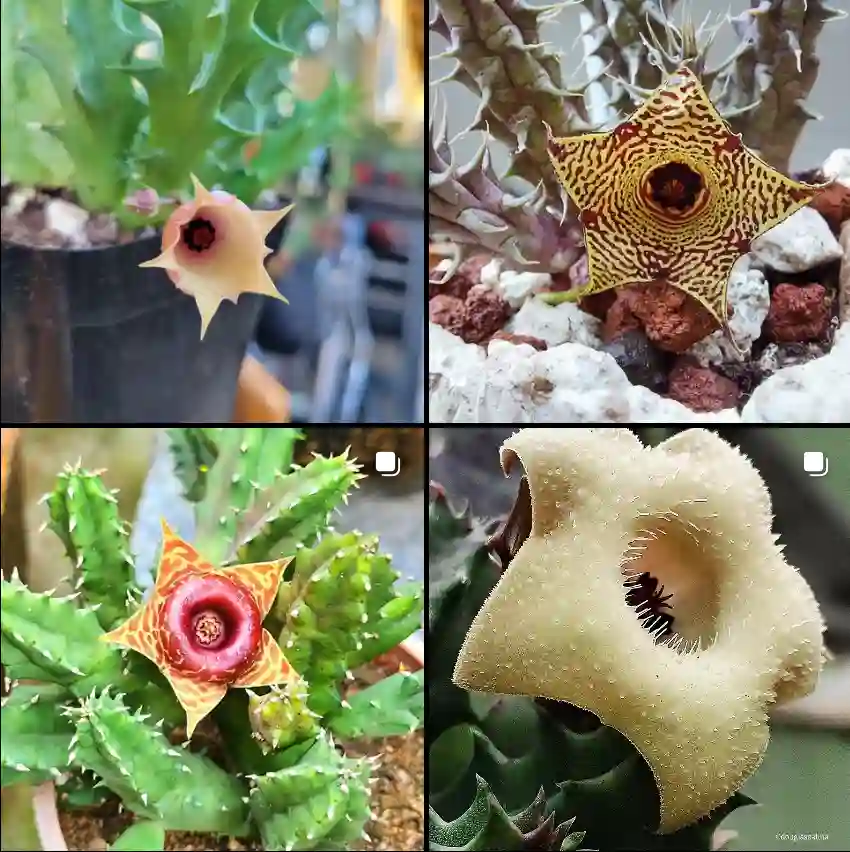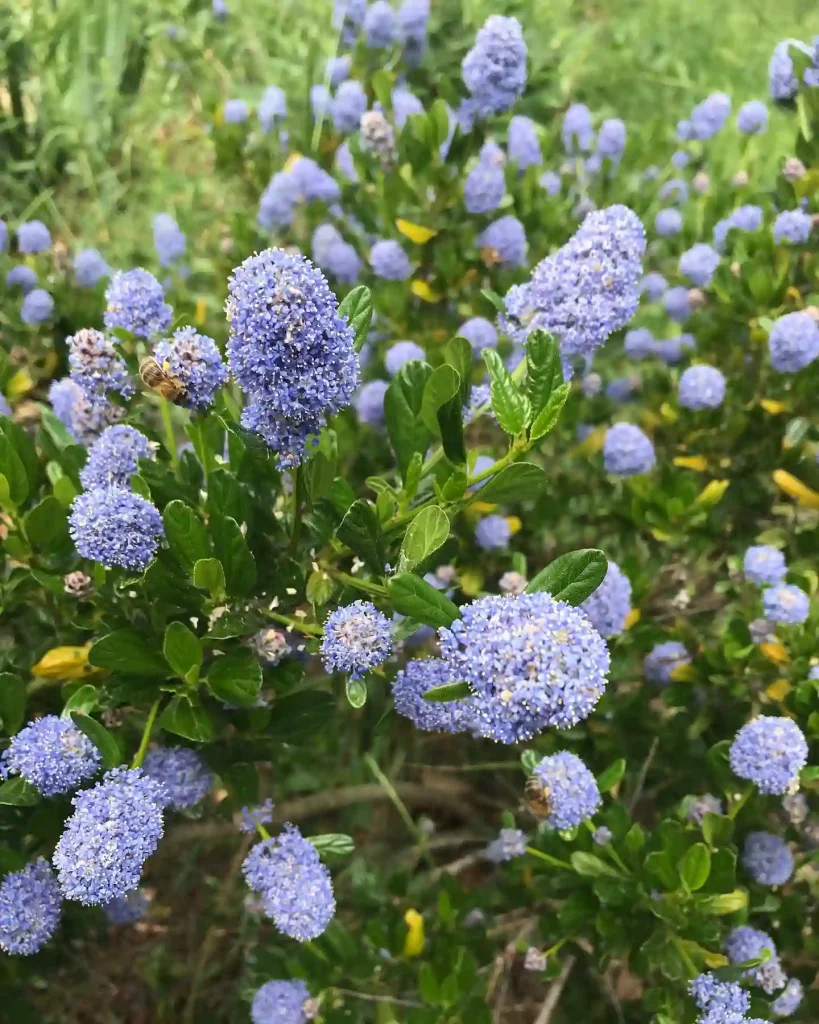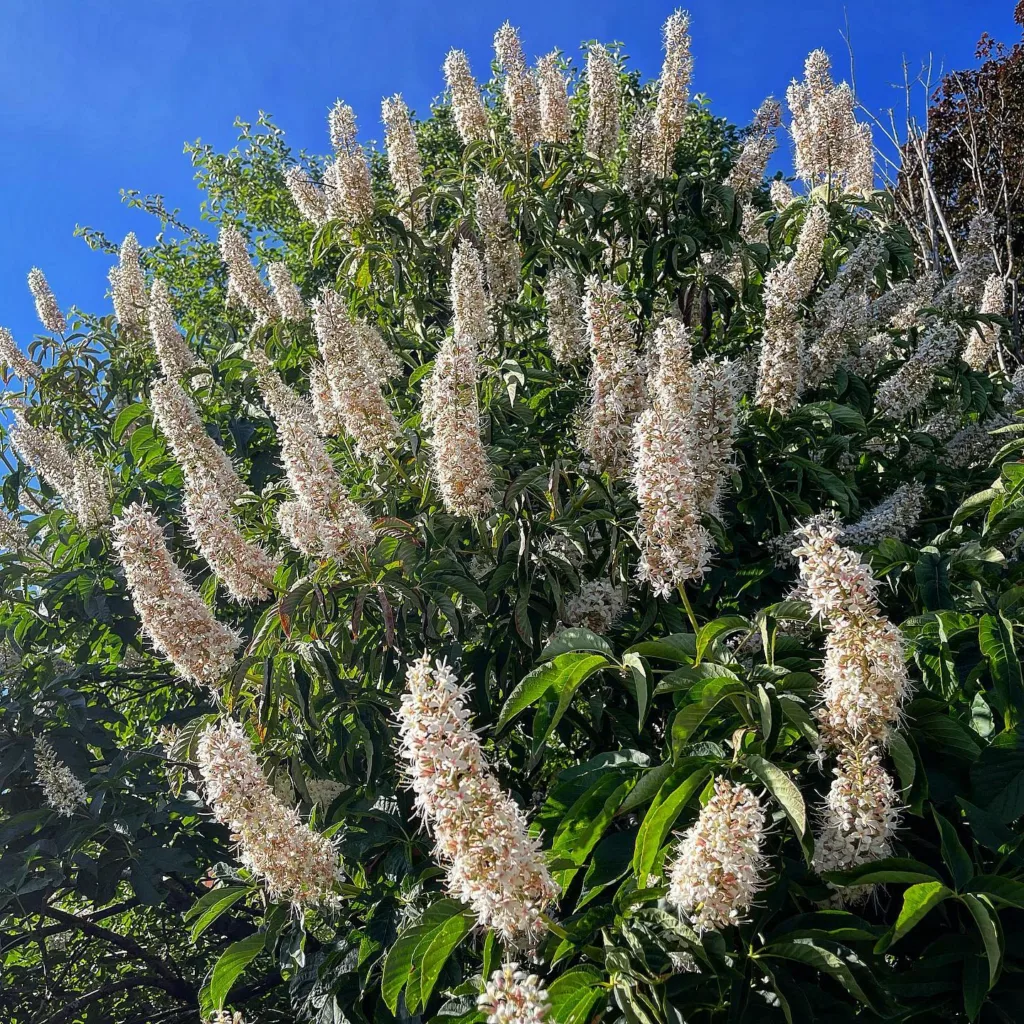A Solitary Giant: The Enduring Mystery of Brasiliopuntia Brasiliensis
The realm of botany is a tapestry woven with countless threads, each representing a unique species. Among these threads, Brasiliopuntia Brasiliensis stands out as a singular anomaly, a genus comprised of a single species belong to the Cactaceae family. This botanical enigma, native to the arid landscapes of Brazil, has captivated the attention of scientists and plant enthusiasts alike, prompting a deeper exploration into its evolutionary history, ecological significance, and conservation challenges.
A Solitary Existence
In the grand scheme of botanical classification, most genera encompass a diverse array of species, each with its own distinct characteristics. However, Brasiliopuntia defies this norm, existing as a solitary entity. This peculiar evolutionary trajectory raises intriguing questions about the factors that have shaped its development and the mechanisms that have allowed it to persist as a single-species genus.
A Closer Look at Brasiliopuntia Brasiliensis
Brasiliopuntia Brasiliensis is a striking cactus species, characterized by its towering stature and distinctive morphology. Its slender, tree-like form is adorned with flattened, leaf-like cladodes that are a vibrant shade of green. These cladodes, which are modified stems, are responsible for photosynthesis, allowing the plant to harness the energy of the sun. The plant’s flowers, a brilliant yellow, emerge during the spring and summer months, attracting pollinators with their sweet nectar.
Adaptations to Arid Environments
Like many cacti, B. Brasiliensis has evolved a suite of adaptations to thrive in harsh, arid environments. Its succulent tissues store water, enabling it to endure prolonged periods of drought. The plant’s spiny exterior serves as a formidable defense mechanism, deterring herbivores from consuming its succulent tissues. Additionally, its extensive root system allows it to tap into deep water sources, ensuring its survival during dry spells.
The Evolutionary Puzzle
The evolutionary history of Brasiliopuntia remains a subject of ongoing scientific debate. One hypothesis suggests that the genus may have experienced a significant bottleneck event, resulting in a dramatic reduction in genetic diversity. This genetic bottleneck could have limited the potential for speciation, leading to the emergence of a single species.
Another possibility is that the specific ecological niche occupied by B. Brasiliensis is so unique that it has restricted opportunities for diversification. The plant’s ability to thrive in arid environments may have isolated it from other cactus species, preventing gene flow and promoting genetic divergence.
Ecological Significance
Despite its solitary existence, B. Brasiliensis plays a crucial role in its native ecosystem. Its dense canopy provides shelter for a variety of animals, including birds, reptiles, and insects. The plant’s flowers attract pollinators, contributing to the biodiversity of the region. Furthermore, its extensive root system helps to stabilize the soil, preventing erosion and promoting water retention.
Conservation Challenges
Unfortunately, Brasiliopuntia Brasiliensis faces numerous threats, including habitat loss, climate change, and overexploitation. As human populations expand and natural habitats are converted for agriculture and urban development, the plant’s survival is increasingly at risk. Additionally, climate change is altering precipitation patterns and temperature regimes, further exacerbating the challenges faced by this species.
To address these threats, conservation efforts are essential. These efforts may include habitat protection, reforestation initiatives, and ex situ conservation measures, such as seed banking and tissue culture. By working together to conserve Brasiliopuntia Brasiliensis, we can help ensure the survival of this remarkable plant for future generations.
The solitary existence of Brasiliopuntia Brasiliensis is a testament to the incredible diversity of life on Earth. Its unique adaptations and ecological significance make it a fascinating subject of study. As we continue to unravel the mysteries of this enigmatic genus, we gain a deeper appreciation for the intricate web of life and the importance of preserving biodiversity.
If i die, water my plants!



